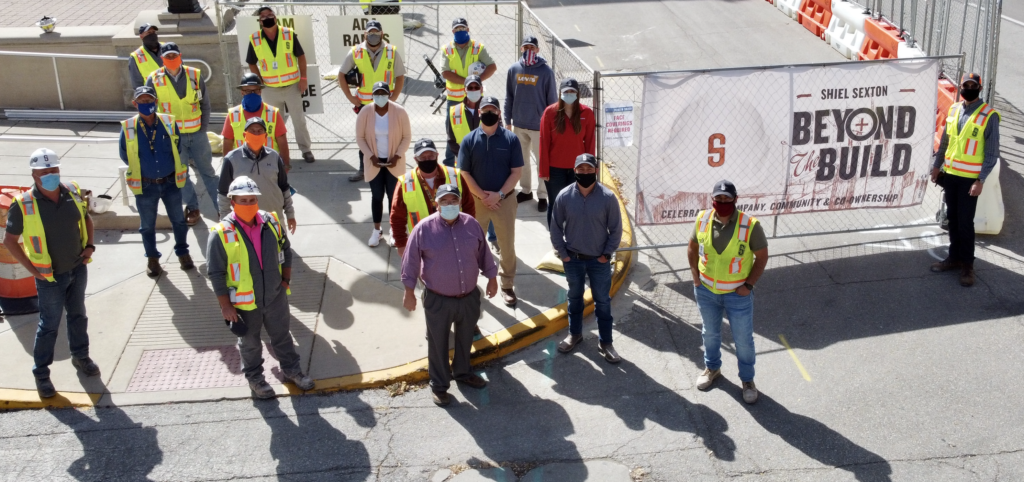How the construction industry adapted to the global pandemic…

As we just passed the two-year mark of COVID-19, it’s important to reflect on the ways in which COVID-19 has changed the working world. To put it simply, COVID-19 has brought a lot of changes to how we conduct business such as switching to remote work, utilizing Zoom instead of in-person meetings, etc. But one of the biggest changes that COVID-19 brought was the way in which industries operate, particularly the construction industry.
Obviously COVID-19 didn’t just affect the construction industry, but every single industry in some capacity. However, COVID-19 drastically affected the landscape of the construction industry in the following ways:
Supply Chain Shortages:
This has been a longstanding issue for months in numerous industries, but for construction, the inability to obtain construction materials for job sites was and still is a challenge. During the early months of the pandemic, the sudden remoteness made it difficult to receive construction materials such as lumber or steel needed for job sites. In fact, these materials are still difficult to obtain and because of that, many contractors are looking into alternatives to find the materials they desperately need.
Improved Collaboration Processes:
When the world turned to a remote working environment, the construction industry was particularly hit hard during this transition. It’s understandably difficult for construction workers to perform their job remotely, and since projects are typically on a strict deadline, this posed a huge threat to construction. In addition, in order to ensure the safety of all members on a project, construction projects were either delayed or stopped indefinitely.
Collaborating in the construction industry was a challenge before the pandemic. Since construction companies work on multiple locations such as the headquarters site, various job sites, or even remotely, construction companies needed to be inventive when collaborating and communicating with one another. At the start of the pandemic, this was one of, if not the biggest challenge this industry faced. The need to collaborate in more effective ways spurred the next drastic change to the construction industry.
Increased Digitization:
Not only did construction companies have to adjust to collaborating in a different way than before, but these companies also had to increase their digitization efforts, including Shiel Sexton.
We took a deep dive into understanding our capabilities as an organization to ensure that our client’s needs were met while also protecting our employees. So, like other construction companies, we leaned heavily into Virtual Design and Construction and Building Information Modeling technologies to ensure continuous progress of our projects while reducing risks associated with COVID-19.
Improved Safety Protocols:
When COVID-19 hit, safety protocols were already in place to make sure each worker could perform their job effectively but more importantly safely. Since there could be hundreds of workers on a job site, it was crucial that construction companies implemented strict safety protocols to combat the spread of COVID-19. But the additional COVID-19 safety protocols threw many construction companies for a loop as they not only had to follow CDC guidelines, but they also had to create detailed safety guidelines for each project site.
Specifically, for Shiel Sexton, this meant that we had to keep up with the inner workings of each project site as well as think of how these additional protocols would affect our office staff, subcontractors, and visitors. This ultimately led to improving our communication processes as an organization, as we wanted to ensure every employee was aware of the protocols and subsequent updates. To do this, we created video tutorials on how to properly wash hands or how to properly remove gloves, or even clean common spaces. In addition, we continually pushed out updates regarding when office employees could work in the office.
Although challenging at times, COVID-19 helped us find ways to better communicate crucial information. But these are just a few of the challenges the construction industry has faced over the past two years. Unfortunately, construction typically is an industry that is deeply affected by the economy. Slower economic activity results in reduced demand for construction of commercial, residential, or industrial properties. However, we have adapted to the roadblocks COVID-19 posed like the rest of the construction industry. And as an organization, we have grown stronger and will continue to find innovative ways to meet our client’s needs while ensuring the safety of our employees.
